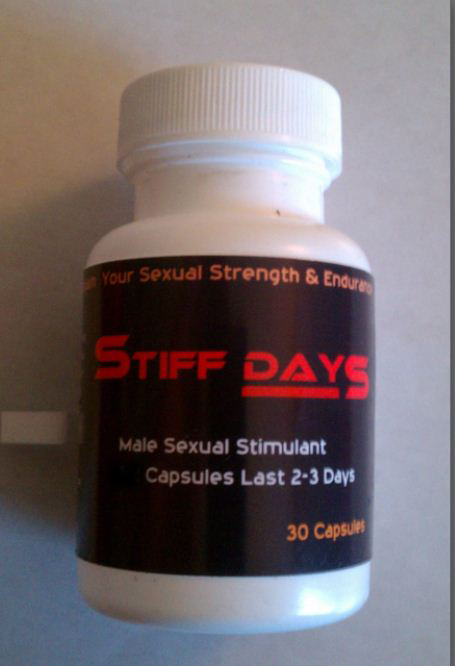

The patients tried different formulations of the same medication in both micro- and regular drops, which were about twice as large, for a week at a time. Daily use of medicated eyedrops preserves sight by reducing the pressure. Glaucoma, a leading cause of blindness in the United States, is characterized by increased pressure in the eye, which can damage the optic nerve. Then they recruited 29 glaucoma patients to test the tiny drops. They used a standard bottle with a latex dropper tip that wouldn’t cause injury if it touched the eye. So his team created a 16-microliter drop - a microdrop - that was about a half to a third of the size of most drops on the market today, he said. “If it spills out, it’s just wasted,” said York, who has a doctorate in pharmaceutical chemistry and is now retired. This explains why you sometimes get the sensation of “tasting” your eyedrop - it’s entered your sinuses. When drops are too big, the overflow runs down the face or drains into the body through the ducts in the corner of the eye, he said. Some are over 50 microliters, more than twice what the eye can hold. The size of eyedrops isn’t regulated, he said recently. York, head of the research lab at the company’s Fort Worth, Texas, headquarters, knew one way to ease the irritation: Make the drops smaller.

Patients were complaining that some of the company’s drops caused stinging and burning in their eyes. In the early 1990s, Bill York recalled his bosses at Alcon coming to him with a pressing request. But instead of being a breakthrough, the innovation, he said, became a case study in how business interests trump patient needs. Patients, he said, were able to safely and effectively deliver the tiny drops, with nothing wasted. Robin, for example, consulted in the early 1990s with Alcon Laboratories, one of the world’s largest eye-care companies, when its researchers developed a so-called microdrop. Some of that research has been around for decades. With both eyedrops and cancer drugs, pharmaceutical companies have done research showing that it’s possible to waste less - and save consumers money. alone on drops for dry eyes and glaucoma drops, according to the research firm Market Scope.īoth eyedrops and cancer drugs are sold by volume, and we spend billions of dollars every year on them. Last year, drug companies brought in about $3.4 billion in the U.S. “You feel like you’re doing something that’s going to cause your blindness and it’s because of you,” said Matthews, 63, a teacher from Baltimore. Gregory Matthews said there have been times when he’s run out of his $295 bottle of Azopt, a glaucoma medication, with a few days remaining before his refill and he’s blamed himself. Crucial eye medications to treat conditions like glaucoma may cost hundreds of dollars for a small bottle that only lasts a month, making the waste of even a drop a problem for low-income patients. Chemotherapy drugs can run thousands of dollars per infusion. “We are in a time when we are trying to cut medical costs.”īoth eyedrops and cancer drugs are sold by volume, and we spend billions of dollars every year on them. “Why are they putting the providers in a position where we have so much waste and it’s costing everybody money?” said Lorraine Holzapfel, an administrator at Marin Cancer Care in California who has analyzed the cost of wasted cancer drugs.

This guarantees that a quantity of life-saving medication is tossed - and its cost tacked onto patients’ bills.

Beyond eyedrops, liquid cancer drugs are frequently packaged in oversized single-use vials that contain more of the drug than most patients need. Liquid medication is squandered every day. Those who end up paying the bill, in one way or another, are consumers. Often, large swaths of the medical and pharmaceutical communities know about this waste - even about solutions to it - but do nothing. Recently we described how arbitrary drug expiration dates cause us to toss safe and potent medicine. We’ve shown how hospitals throw out brand new supplies, nursing homes flush tons of unexpired medication and drug companies concoct costly combinations of cheap medication. ProPublica has been documenting the many ways health care dollars are being wasted. “They had no interest in people, their pocketbooks or what the cost of drugs meant.”


 0 kommentar(er)
0 kommentar(er)
